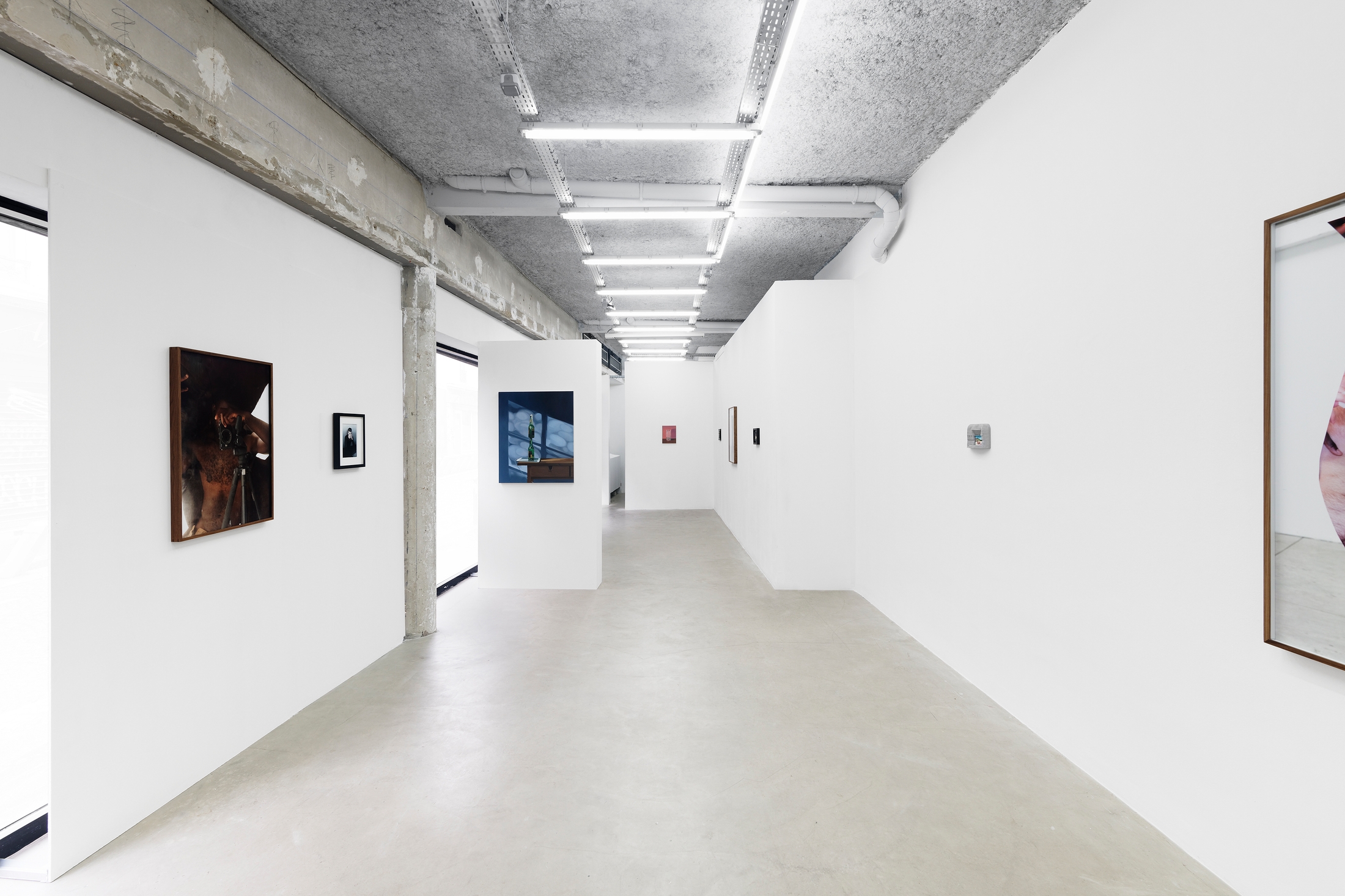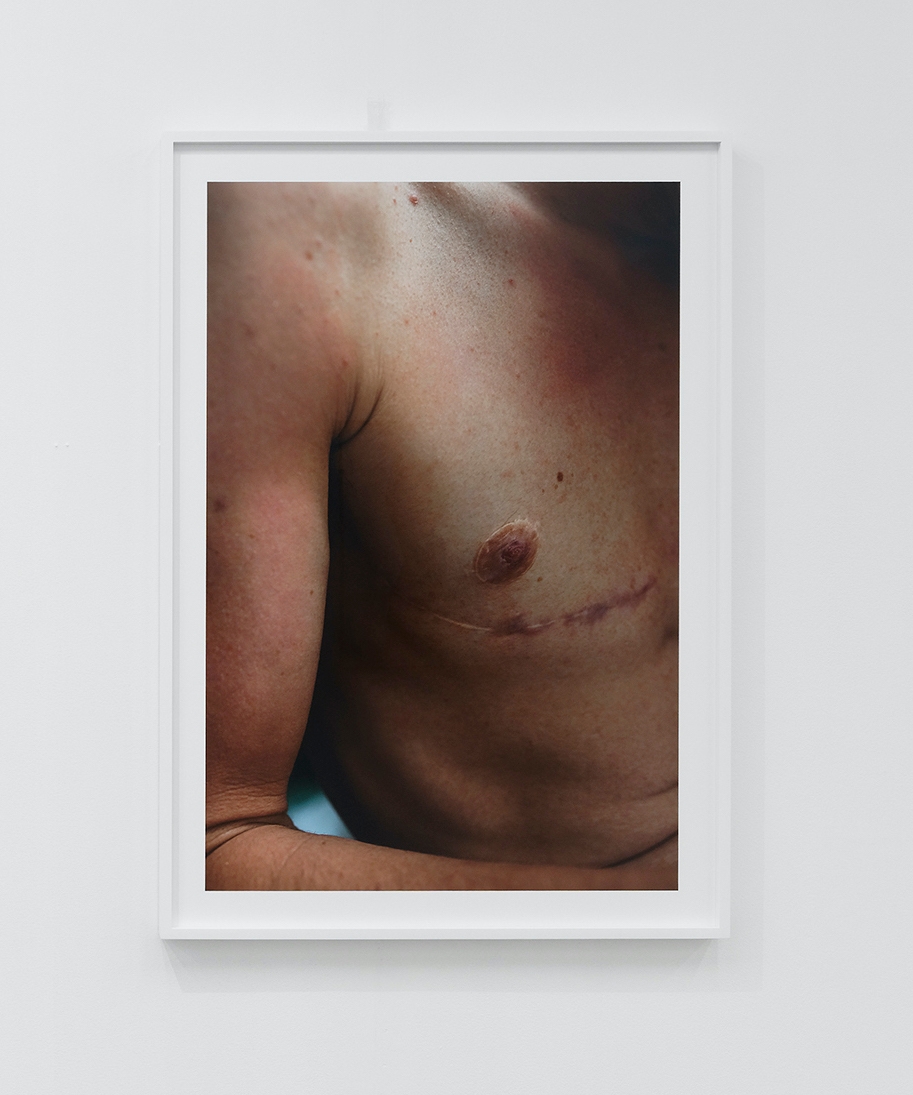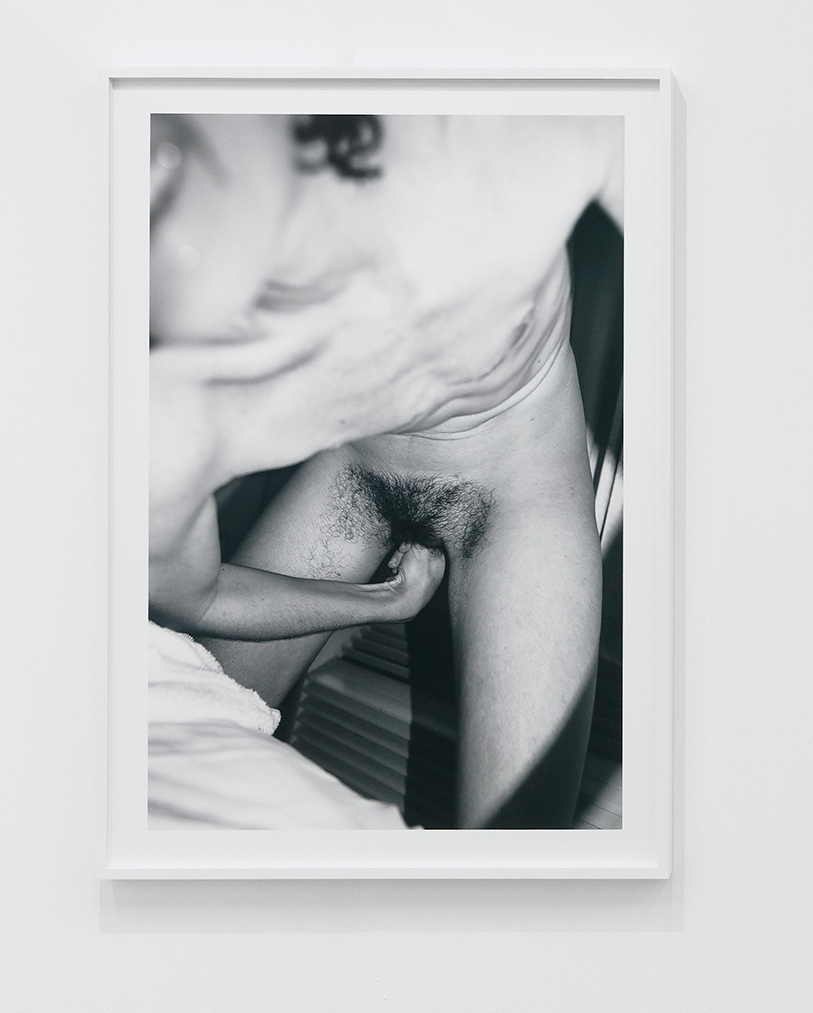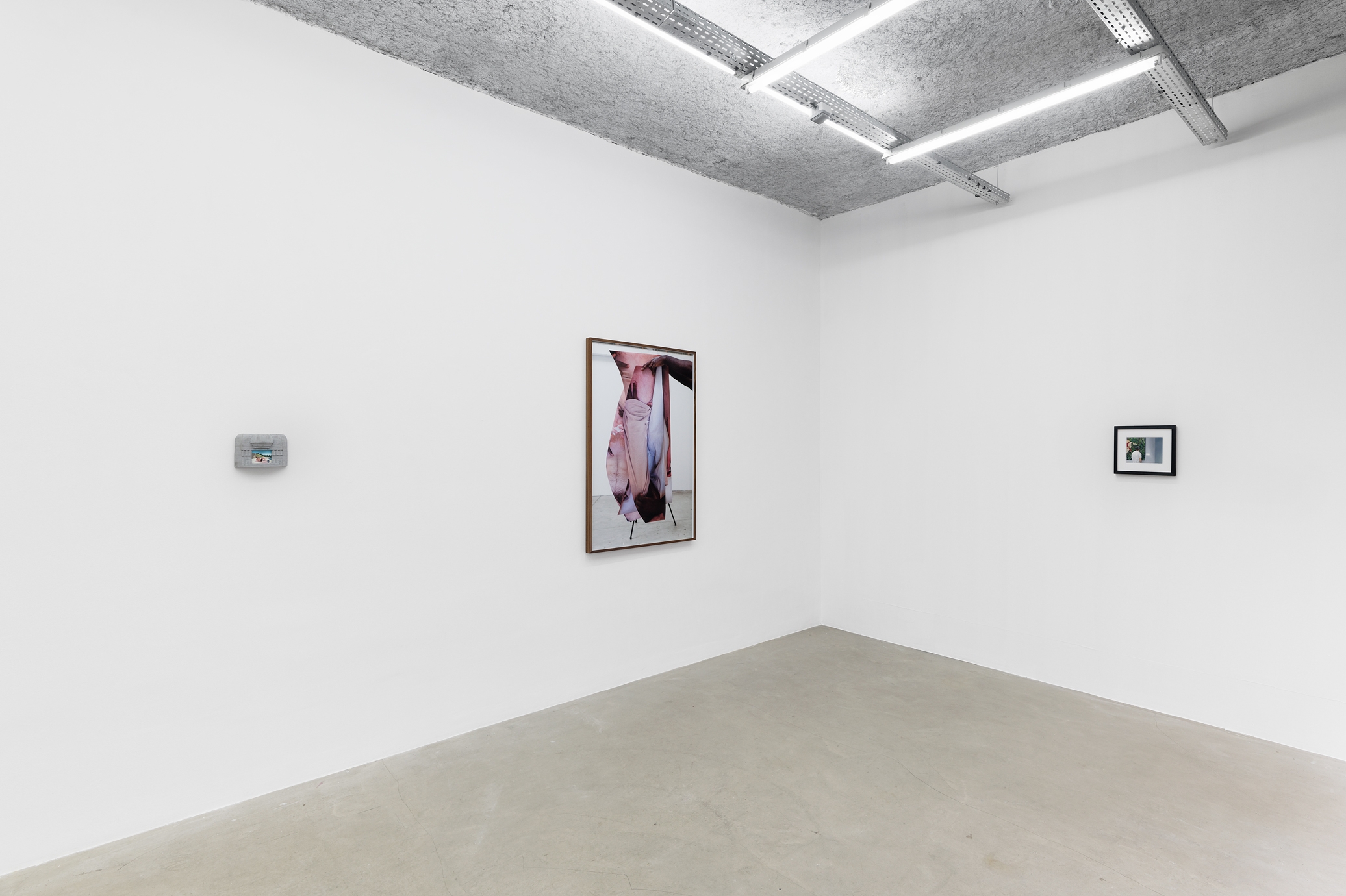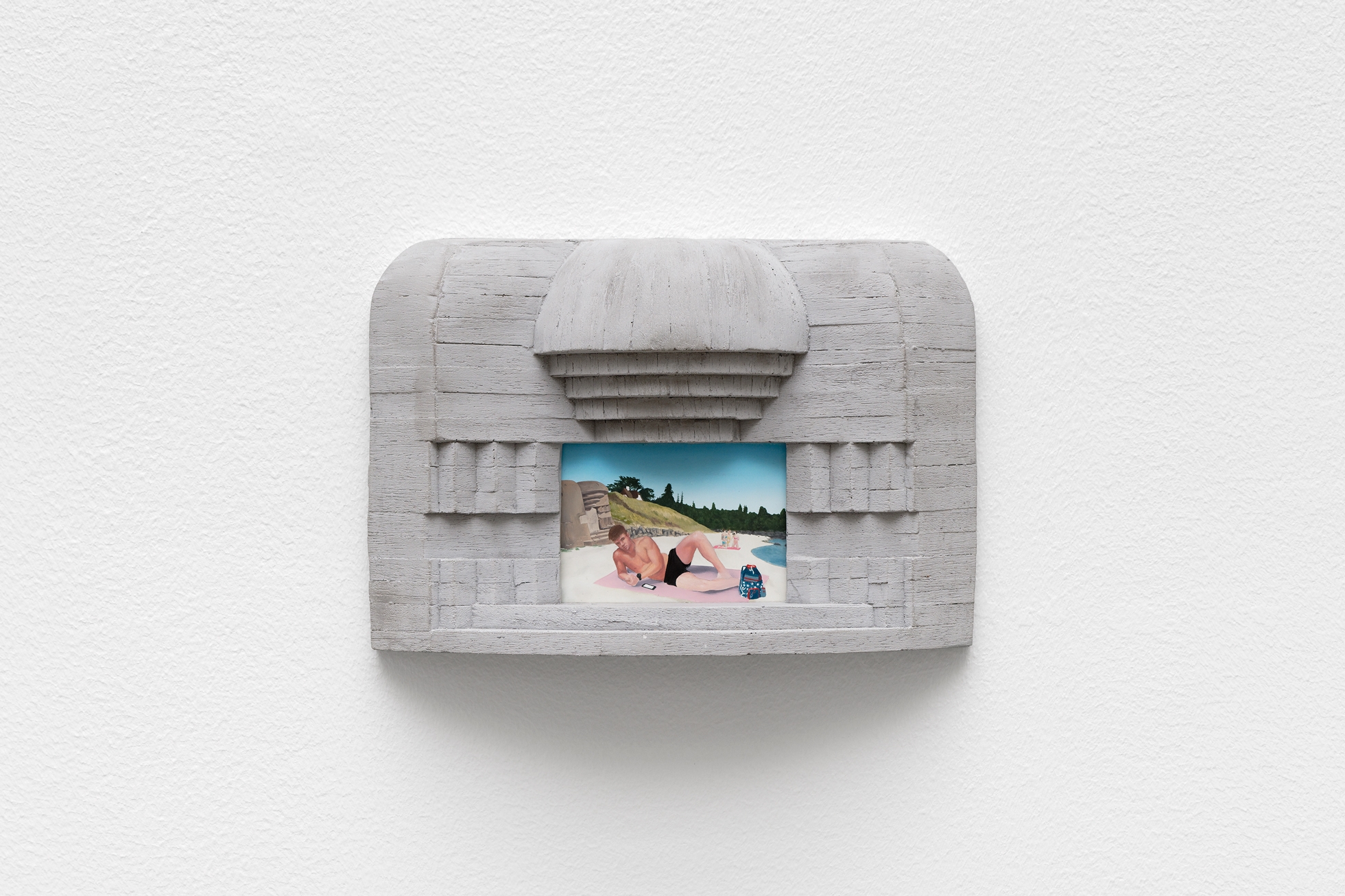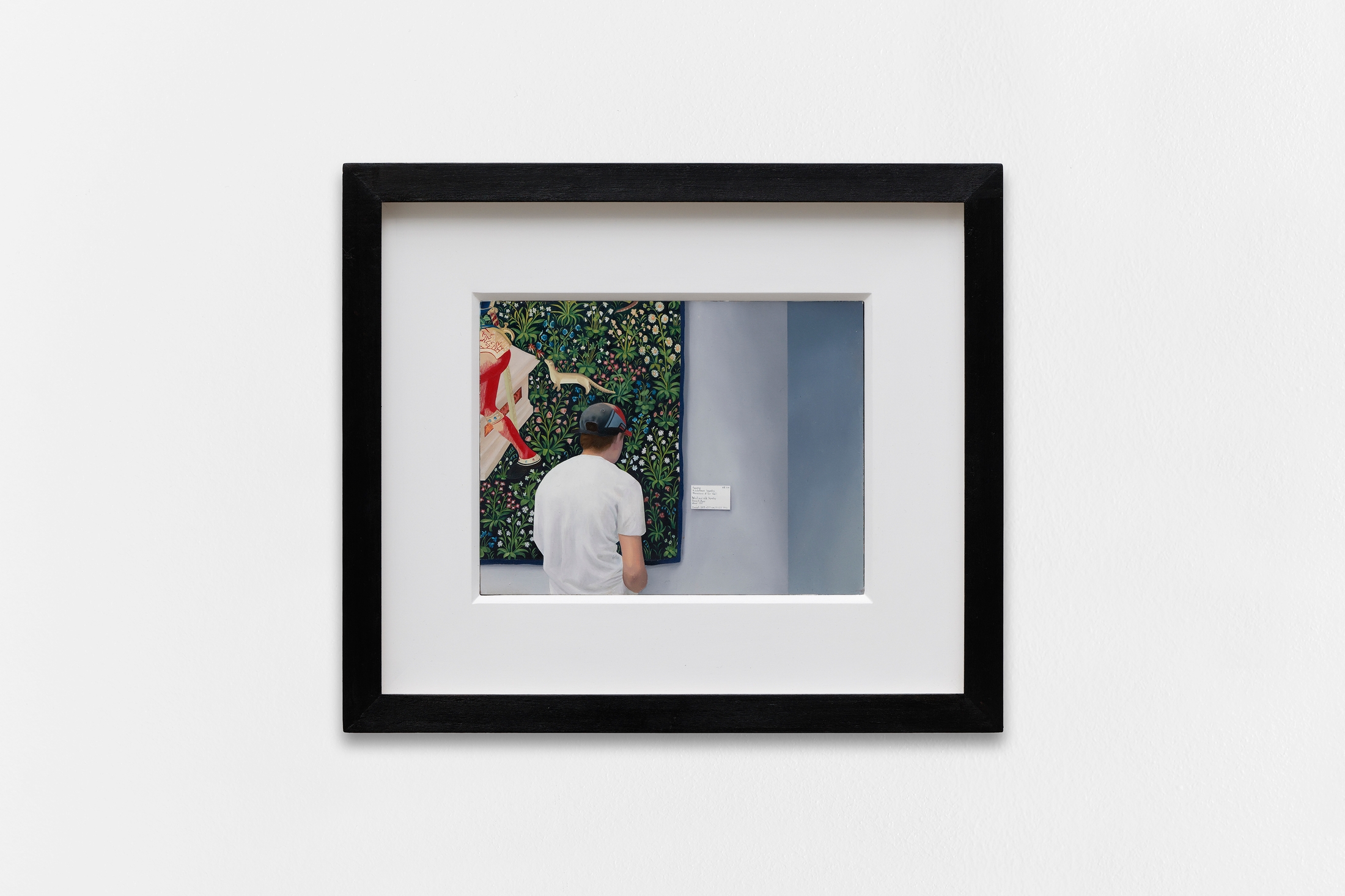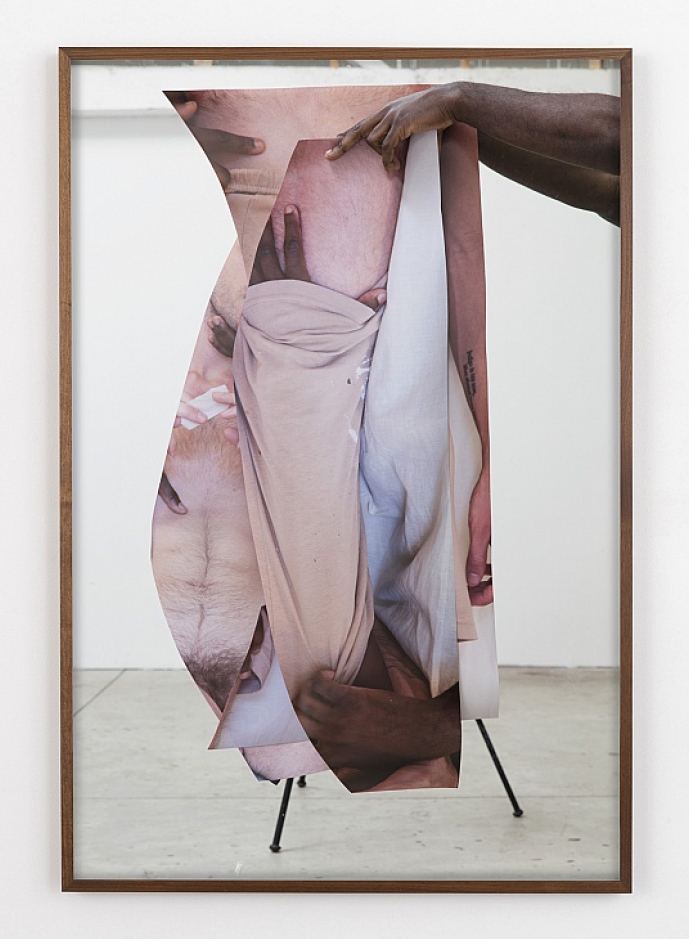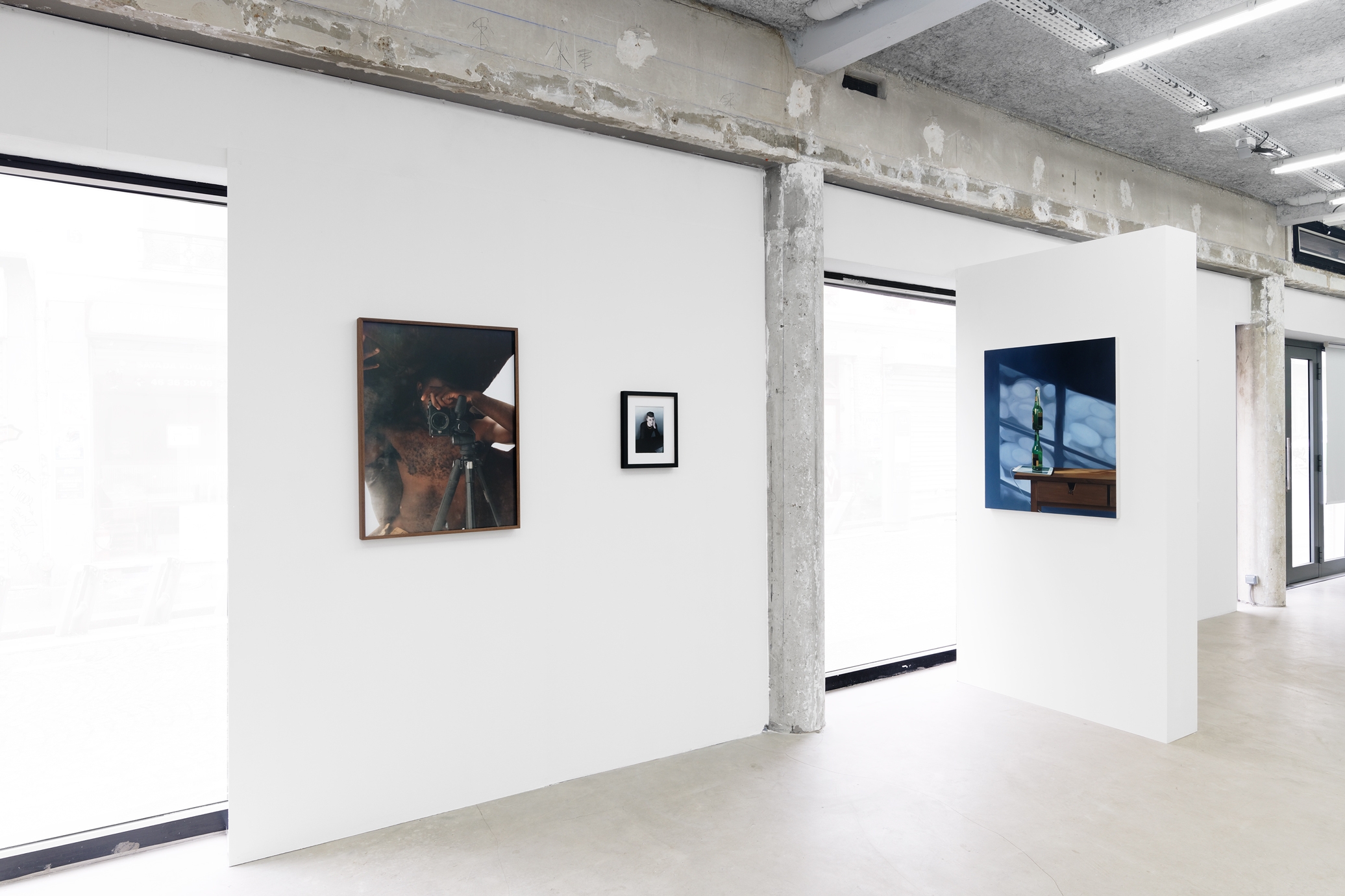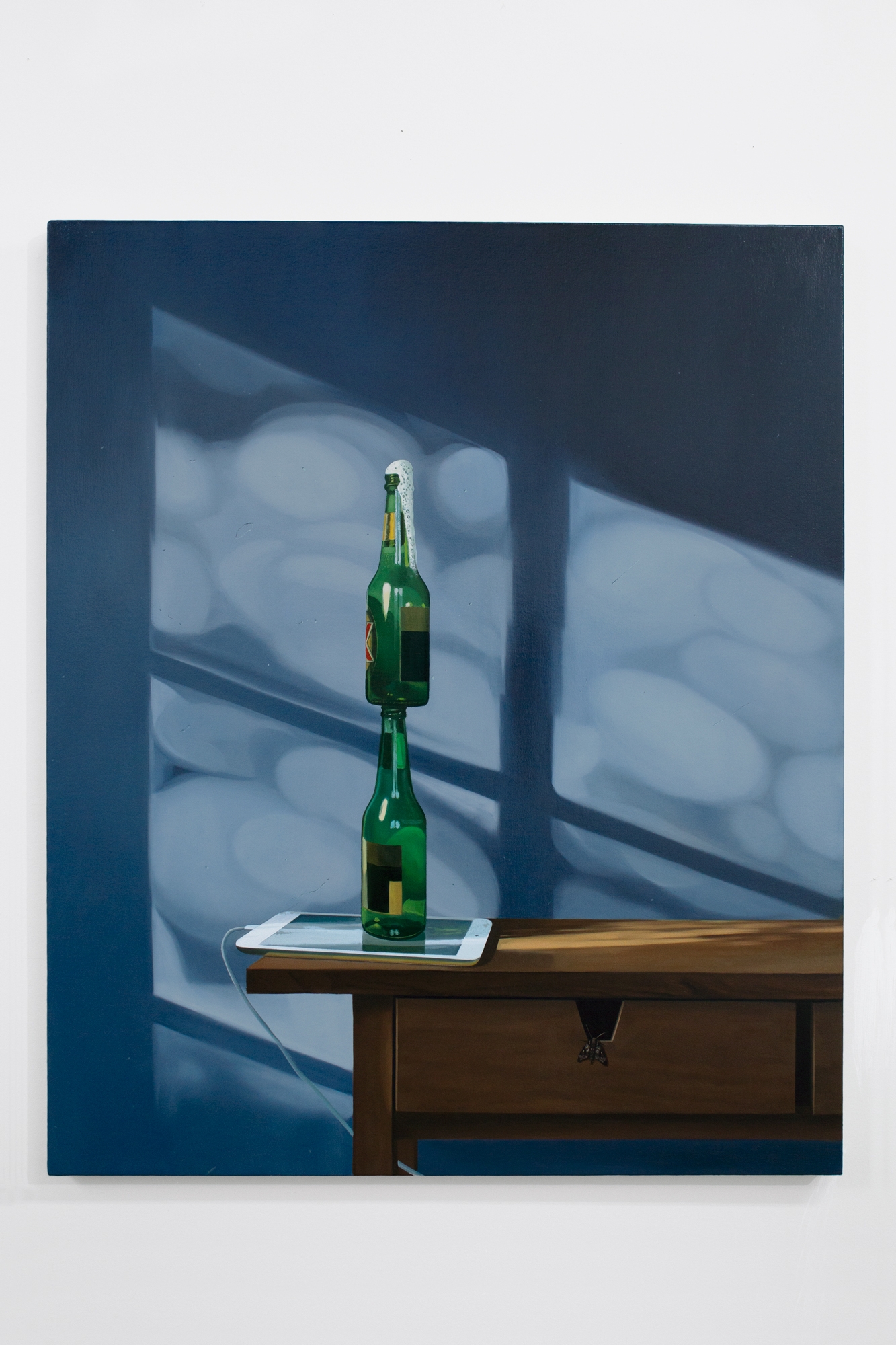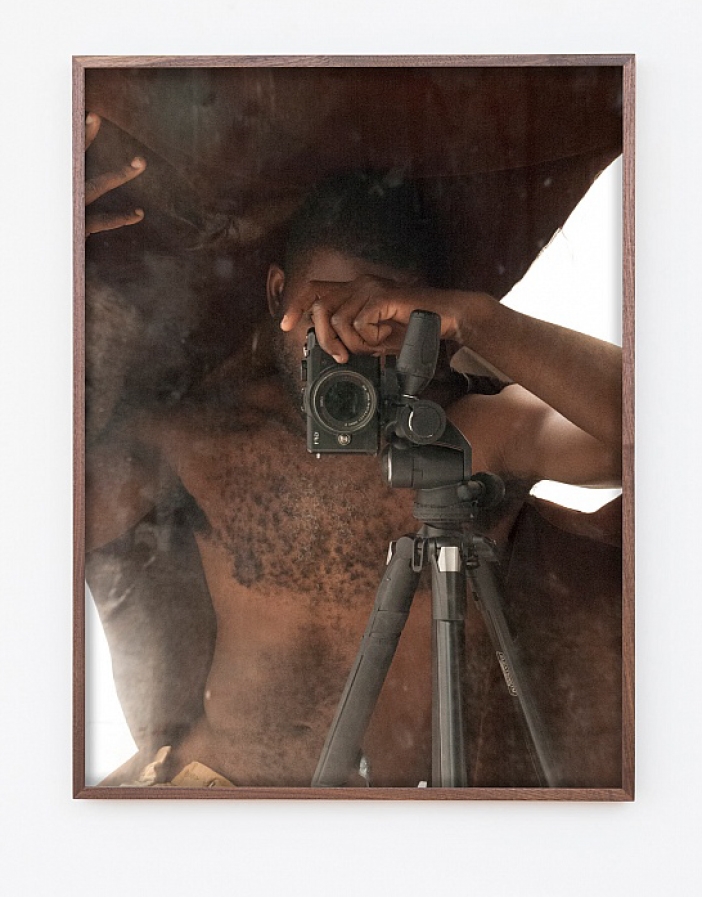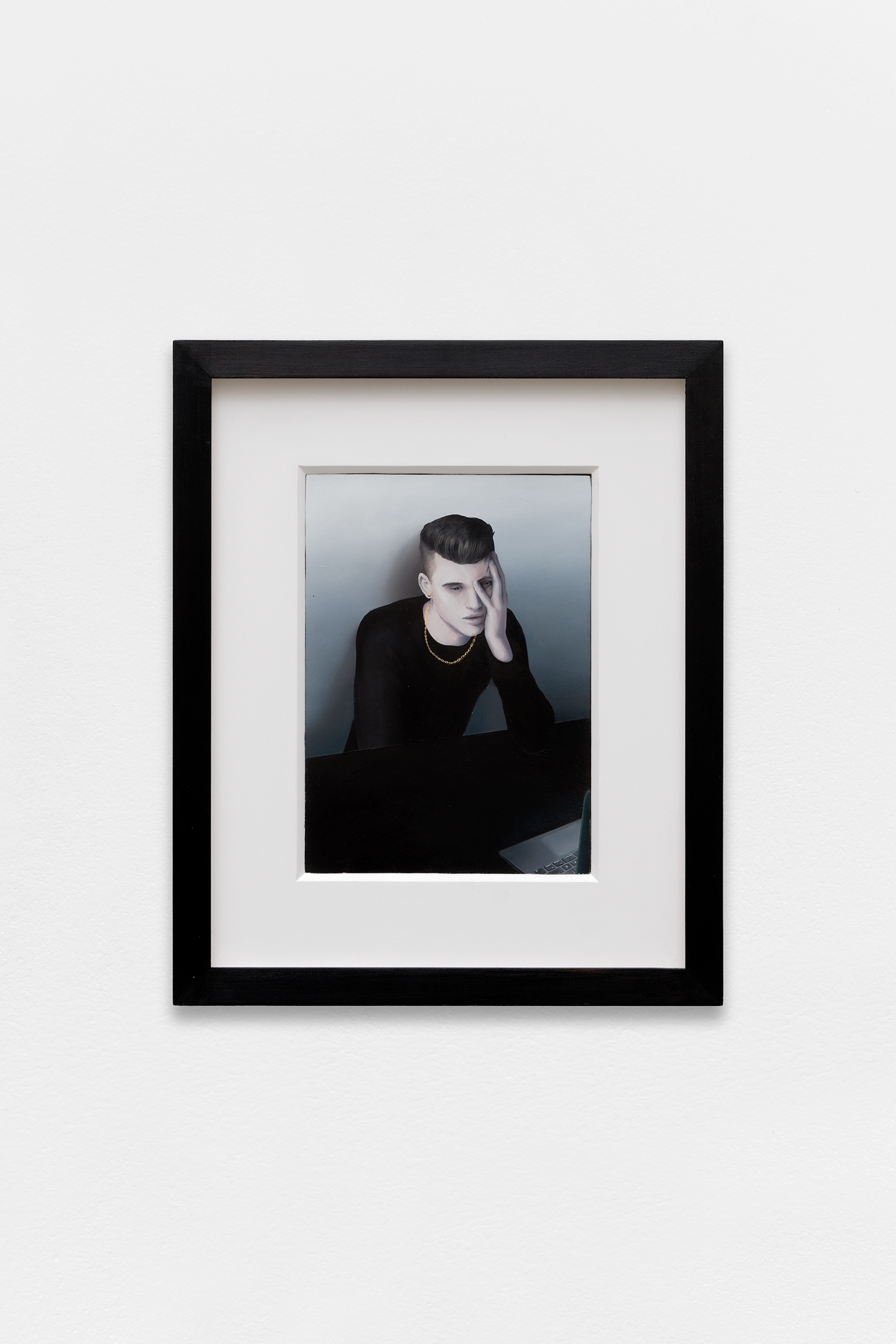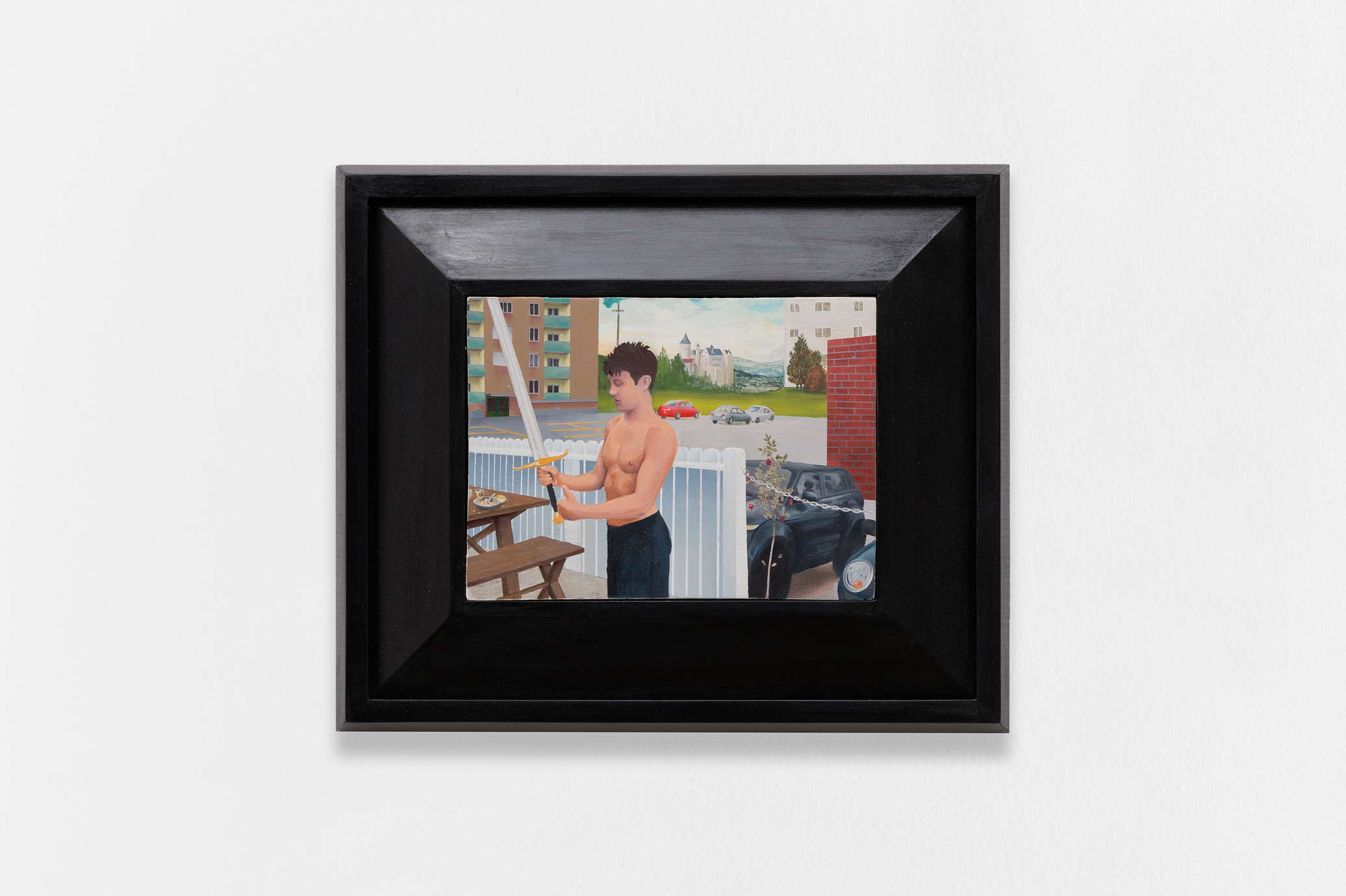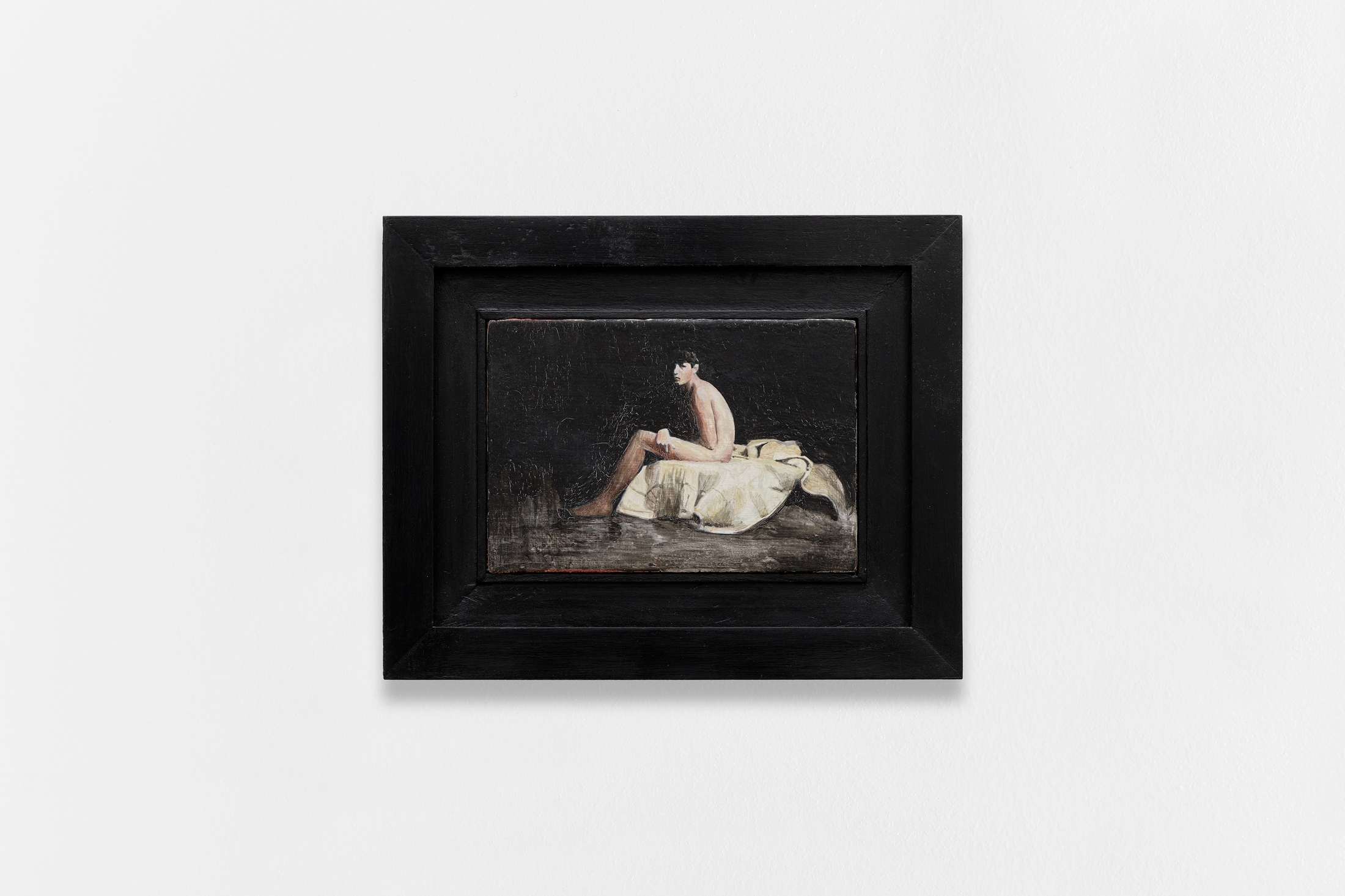Jean Claracq, Paul Mpagi Sepuya, Paul Rouphail, Elle Pérez
The generations before us have exhausted the real, its productions, its uses of representation and its tools of classification. The real has been dissected, quartered. So much so that we are now plunged into virtual reality. Our common space is going through an identity crisis and is once again becoming a territory of experimentation and questioning. Interrogate our reality, our common space is inevitably to question, with modesty or fury, the places of our «intimacy» and the forms that result from it.
The four young artists presented in this exhibition lead us into a movement to the inside. Paul Mpagi Sepuya, Jean Claracq, Paul Rouphail and Elle Pérez draw from their relationships with the world the necessary subjectivity to produce their works. A world where identities, if are multiple, are also potential. Flirting with the freedom offered by the spread of the virtual in our shared environments, the works of these young artists attempt to explore a space of reception for the intimate in what it can be the most political. All of them start from what they know, Jean Claracq creates paintings where the outskirts of our cities meet the interiors of our flats of young precarious people. The views of these painted images are those of our Instagram and the activities those of our boredom. The realism of Jean Claracq’s paintings with their digital texture is conceptually reminiscent of Gustave Courbet’s search for reality.
A century and a half earlier, he also found, in his close environment, the inspirations necessary for the realization of works whose daily subjects became historical paintings. Paul Rouphail’s productions also explore what immediate reality puts at his disposal. Cigarettes, Red Bull cans, cut-out newspaper, pieces of landscape pieces and sunglasses are all visual gimmicks assembled to create pictorial sculptures. The extreme realism of the artist’s works makes them «trompe l’oeil». If this technique known its golden age during the Italian and Flemish renaissance of the 15th and 16th centuries, digging into reality to make it even more sublime, here, the trompe l’oeil is only intended to accentuate a melancholic laziness. The arrangement of the objects on the canvas and the finesse of execution are reminiscent of René Magritte’s interior scenes, whose surrealism forged the imagery of a generation trying to resist to the onslaught of History. The path to intimacy followed by these artists appears as a means of resistance. These productions force us to leave the illusion that we can have a thought on everything in order to refocus on what we know, what we have access to.
By observing the work of Paul Mpagi Sepuya, a sentence from JMG Le Clézio’s book La Guerre resonates:
«Sometimes I go out on my own body and fix my face on a brick wall. I throw it away and fix it on the wall with nails. I don’t do this with thought or desire, I do it simply as one takes off a piece of clothing before going to sleep. »
The artist, born in 1982 in California, creates staging photographic . realized in the intimacy of a studio, they are reminiscent of those 19th century painters who tried to hide their inventions of ambient puritanism. The artist’s links with his subjects, with their bodies and with his own appear to be an insubordination in an America in the grip of his original demons. The eroticized gay black body becomes the flag carrier of a motor and creative intimacy. Elle Pérez’s photographs are set in this affectionate distance between the artist and the models. She follows and photographs these people who have decided to viscerally oppose morality and all that it has to offer. Elle Pérez’s images thus explore the question of gender and confront us with the inevitable deconstructions that we will have to generate if we wish to continue living together.
The distance between us is widening and these four artists invite us to reopen our eyes in order to produce the new visions of the world that we still have to write and nourish. It is then a question of becoming a society. Create a society, of smoke or of paper. To find each other. To touch each other. To look at each other.
1. LE CLEZIO, JMG, La Guerre, Editions Gallimard, 296 pages, 1970
Margaux Bonopera
♡
Les générations qui nous ont précédées ont épuisé le réel, ses productions, ses moyens de représentations et ses outils de classification. Le réel a été disséqué, écartelé. A tel point que nous plongeons désormais à corps perdus dans la virtualité. Notre espace commun traverse une crise identitaire et redevient un territoire d’expérimentations et de questionnements. Questionner notre réel, notre commun revient inévitablement à interroger, avec pudeur ou fureur, les lieux de notre « intime » et les formes qui en découlent. Les quatre jeunes artistes présentés au sein de cette exposition nous entrainent dans un mouvement vers l’intérieur. Paul Mpagi Sepuya, Jean Claracq, Paul Rouphail et Elle Pérez puisent dans leurs rapports au monde la subjectivité nécessaire à la production de leurs œuvres. Un monde où les identités, si elles sont multiples, sont également potentielles. Flirtant ainsi avec la liberté offerte par la propagation du virtuel dans nos environnements partagés, les travaux de ces jeunes artistes tentent de creuser un espace de réception à l’intime dans ce qu’il peut avoir de plus politique. Tous partent de ce qu’ils connaissent, Jean Claracq réalise des peintures où les périphéries de nos villes rencontrent les intérieurs de nos studios de jeunes précaires. Les points de vue de ces images peintes sont celles de nos Instagram et les activités celles de notre ennui. Le réalisme à la texture numérique des tableaux de Jean Claracq rappelle conceptuellement la recherche de réalité activée par Gustave Courbet.
Un siècle et demi auparavant, il trouvait lui aussi, dans son environnement proche, les inspirations nécessaires à la réalisation de toiles dont les sujets quotidiens devenaient des peintures d’Histoire. Les tableaux de Paul Rouphail explorent aussi ce que la réalité immédiate met à sa disposition. Cigarettes, cannettes de Red Bull, papiers journaux découpés, bouts de paysages et morceaux de lunettes sont autant de gimmick visuels assemblés pour créer des sculptures picturales. L’extrême réalisme des œuvres de l’artiste en font des trompes l’œil. Si cette technique connut un âge d’or lors de la renaissance italienne et flamande du XVème et XVIème siècle, creusant le réel pour le rendre plus sublime encore, ici, le trompe l’œil n’a plus vocation qu’à accentuer une flemme mélancolique. L’agencement des objets dans la toile ainsi que la finesse d’exécution n’est pas sans rappeler les scènes d’intérieurs de René Magritte, dont le surréalisme forgeait l’imagerie d’une génération tentant de résistait aux assauts de l’Histoire. Le chemin vers l’intime suivit par ces artistes apparaît comme un moyen de résister. Ces productions nous obligent à sortir de l’illusion selon laquelle nous pouvons émettre une pensée sur toute chose afin de nous reconcentrer sur ce que nous connaissons, ce à quoi nous avons accès.
En observant le travail de Paul Mpagi Sepuya, une phrase issue du livre la Guerre de JMG Le Clézio résonne :
« Parfois, je sors de moi même et je fixe ma figure sur un mur de brique. Je la jette et je la fixe sur le mur avec des clous. Je ne fais pas cela avec la pensée ni avec le désir, je le fais simplement comme on enlève un vêtement avant d’aller dormir. »1
L’artiste né en 1982 en Californie, crée des mises en scènes photographiques. Réalisées dans l’intimité d’un studio, elles rappellent ceux des peintres du XIXème qui tentèrent de cacher leurs inventions du puritanisme ambiant. Les liens qu’entretient l’artiste avec ses sujets, avec les corps de ces derniers et avec le sien apparaissent comme une insoumission dans une Amérique en proie avec ses démons originels. Le corps noir homo érotisé devient le porte étendard d’une intimité moteur et créatrice. Les photos d’Elle Pérez se placent dans cette distance affectueuse entre l’artiste et les modèles. Elle suit et photographie ces personnes ayant décidé de s’opposer viscéralement à la morale et tout ce qu’elle a de plus fascisant. Les images d’Elle Pérez explorent ainsi la question du genre et nous met face aux déconstructions inévitables que nous allons devoir engendrer si nous souhaitons continuer à vivre tous ensembles.
La distance entre nous se creuse et ces quatre artistes nous invitent à rouvrir les yeux afin de produire les nouvelles visions du monde qu’il nous appartient encore d’écrire et d’alimenter. Il s’agit alors de faire société, de prêt ou de loin.Faire une société, de fumée ou de bout de papier. Se retrouver. Se toucher. Se regarder.
1. LE CLEZIO, JMG, La Guerre, Editions Gallimard, 296 pages, 1970
Margaux Bonopera

